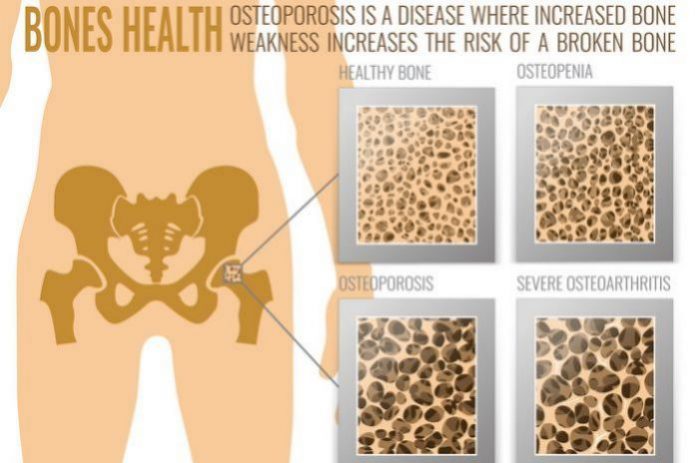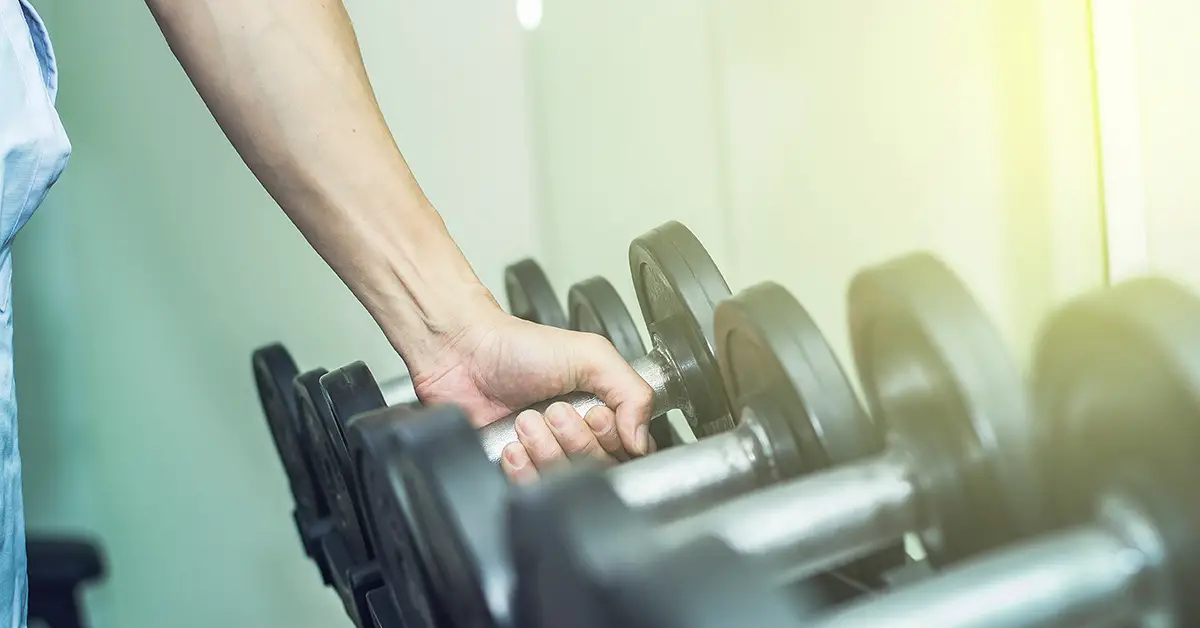Janice Lorraine from Granville Australia is no ordinary grandmother of three.[1] At the age of 77, she has accumulated 23 bodybuilding titles in just under 20 years. Lorraine first took up Weight Resistance Training (WRT) at age 55 to combat the signs of aging.
After observing an elderly woman experiencing mobility issues, Janice Lorraine became determined to stay as active as possible. For Lorraine, preparing for a competition means training at the gym 3 times a week. On alternate days Lorraine follows her own regime, which includes 5-mile walks.[1,2]
To stay on her ‘A’ game Janice Lorraine eats “Natural Nude food.” Her diet is comprised mainly of salads, a small portion of sweet potato, and grilled chicken, fish, or steak. Nothing is processed and no sauces or condiments are added. Lorraine will often enjoy a glass of wine with her dinner and allows herself a square of sugar-free chocolate with a high cocoa content.[1,2]
In addition to feeling strong and fit, Jacine Lorraine feels confident and has healthy self-esteem.[1] She enjoys shaking up the world of bodybuilding and universal views about what growing old should look like.
“My aim is to show what’s possible and to motivate and encourage women of any age, to live the life they want to live and not be bound by traditional stereotypes and roles and the expectations of others.” [2]
Janice Lorraine developed a lifestyle to stay fit
With her healthy regime, Janice Lorraine is avoiding some issues that plague the aging population. Here’s what the science has to say about what staying active and eating a healthy whole foods diet does to your body as you age:
#1. Prevent Muscle Loss
Sarcopenia or muscle loss affects 1 in 10 adults over 50 years old. [3] Some factors that contribute to sarcopenia are a sedentary lifestyle, a calorie, and protein-deficient diet, inflammation, and stress. Here are some of the best ways to fight against sarcopenia.
- Exercise prevents and even reverses muscle loss. Resistance training, fitness training, and walking are three things you can do to increase and keep muscle mass.
- Eat a balanced diet: Consume sufficient calories and protein-rich foods to slow the rate of muscle loss. Scientists recommend consuming 25–30 grams of protein at each meal. [4]
- Amino acids, Vitamin D, Omega-3 and creatine supplements can help battle against sarcopenia when combined with exercise.
#3. Loss of bone density

Bone mass peaks by age 30. After this age bone resorption (removal) increases and formation slows. Osteopenia is classified as low bone mass and can lead to Osteoporosis.[5] For those who don’t know, osteoporosis is a structural deterioration of bone tissue. This disease leads to fragile bones with a high risk of hip, spine, and wrist fractures. [6]
There are some causes of bone loss that are just inherent. Things such as gender, age, a small frame, ethnicity and family history cannot be changed. Other preventative factors that increase the risk of developing osteoporosis are inactivity, smoking and excessive alcohol consumption.[5] Here are the best ways to combat bone density loss:
- Those who exercise regularly normally have greater bone density and strength. The best exercises to promote bone mass are weight-bearing. Engage in walking, hiking, jogging, playing tennis, dancing, and lifting weights. Take the stairs instead of the elevator.
- Eat a diet rich in calcium, vitamin D, and magnesium. Dr. Aram Nalbandyan explains how these 3 vitamins and minerals work in tandem and what foods are rich in them.
Read about what you can do now to increase bone strength at any age.
#3. Cardiovascular health
The largest risk factor for cardiovascular disease is age. Functional, structural, cellular, and molecular changes as we grow old can be linked to heart failure and atrial fibrillation (arrhythmia).[7] Here’s what you can do to support your cardiovascular health:
- Moderate to vigorous aerobic “cardio” activity promotes good heart health. Brisk walking is an example of moderate intensity. Jogging, running or Zumba would be on the vigorous side.[8]
- Perform muscle-strengthening activities (legs, hips, back, abdomen, chest shoulders, and arms) at least 2 days a week.[8]
- Eat a healthy diet of fruits, vegetables, fiber-rich grains, fish, nuts, legumes, and seeds. Watch your sodium and sugar intake.[8] Check out Dr. Joseph Mercola’s study on saturated fats vs. vegetable oil for some eye-opening facts about heart health.
#4. Brain health
Growing older also includes risks to brain health. Memory loss is a common part of aging. Head injuries, due to falls, may cause cognitive impairment.
Excess alcohol consumption and certain medications can affect the way the brain works.[9] Smoking causes arteries to narrow. If a blood clot forms in the brain the result is a stroke. A stroke can lead to impaired brain function.[10]
According to the Alzheimer Association 1 in 3 seniors dies with Alzheimer’s or another dementia. See what steps you can take now to prevent Alzheimer’s.
- Keep your mind active: read, take courses, do crossword or sudoku puzzles. Scientists have discovered that nerve cells are stimulated by brainy activities and that engaging in mentally stimulating tasks may even help the brain generate new cells.[12]
- Eat plenty of fruits, vegetables, grains, and lean meats.
- Reduce sugar and salt consumption.
- Drink plenty of fluids.[9]
- Many senior centers and residences have programs designed for various levels of exercise.
Growing old Gracefully
Lorraine is definitely on to something! A variety of exercise and a balanced diet seems to be the key to growing old in a way that supports enjoying a high quality of life for as long as possible.
Disclaimer: Always consult your physician before beginning any exercise program. This general information is not intended to diagnose any medical condition or to replace your healthcare professional. Consult with your healthcare professional to design an appropriate exercise prescription. If you experience any pain or difficulty with these exercises, stop and consult your healthcare provider.
Keep Reading: Model Shows Off Results Of Training His Jaw For Two Months
Sources:
- ‘This 75-Year-Old Bodybuilding Grandma Is Proof It’s Never Too Late to ‘Be Strong and In-Shape’ People Char Adams. Published August 13, 2018
- ‘How to Fight Sarcopenia (Muscle Loss Due to Aging)’ Health Line Matthew Thorpe. Published May 25, 2017
- ‘Nutrition for Sarcopenia.‘ Pubmed Yanai H., et al. Published October 23, 2015.
- ‘Osteopenia: Treatment, Symptoms, Diet, and Diagnosis’ Health Line Sandy McDowell. Published August 29, 2019
- ‘Osteopenia’ National Institute of Arthritis and Musculoskeletal and Skin Diseases
- ‘Cardiac aging and heart disease in humans. US National Library of Medicine National Institutes of Health’ Pubmed
- ‘How to Help Prevent Heart Disease’ American Heart Association
- ‘Brain Health Resource. National Institute on Aging’ Administration for Community Living
- ‘Smoking and the risk of stroke’ Stroke Association
- ‘Alzheimer’s Disease and Dementia: Facts and Figures’ Alzheimer’s Association
- ‘2 Ways to Keep Your Brain Young. Harvard Health.’ Harvard Health

